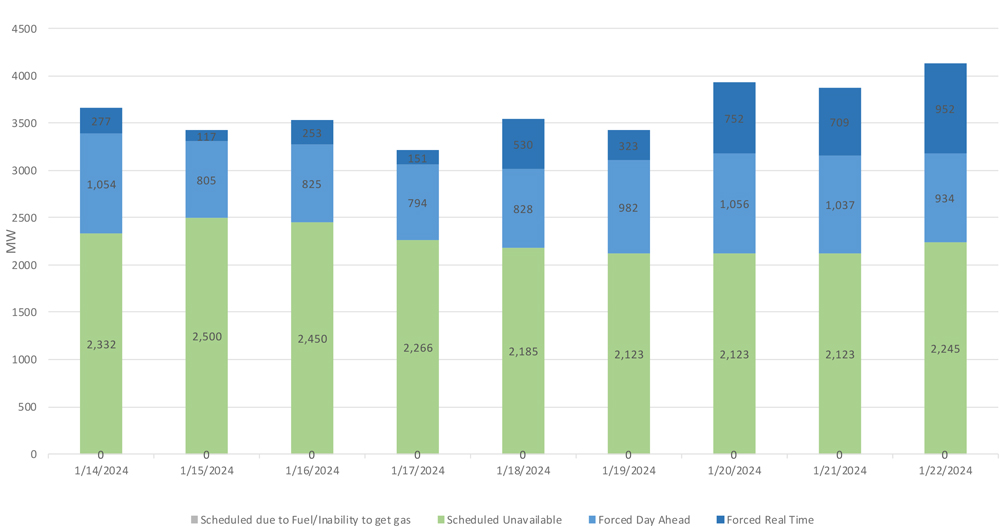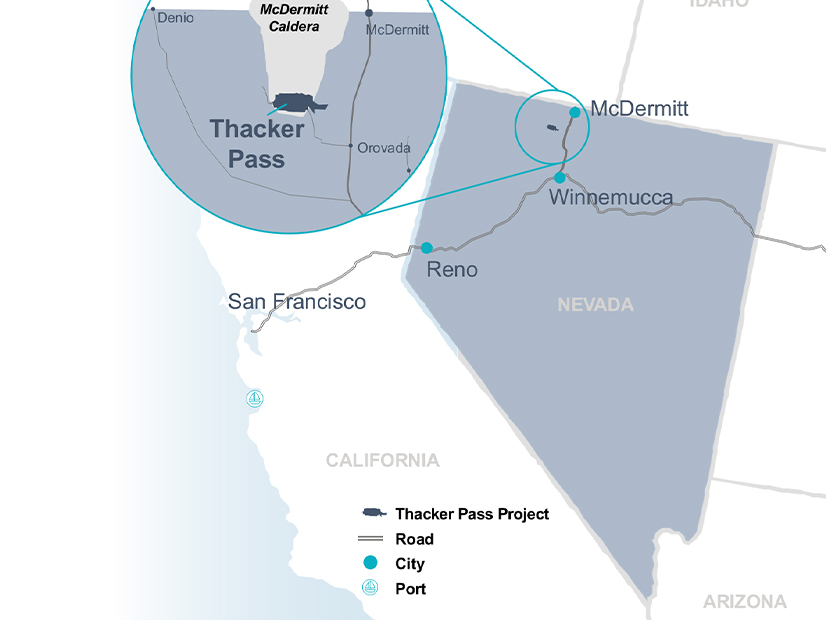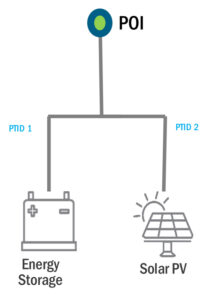The West-Wide Governance Pathways Initiative has secured financial commitments from 24 utilities and other electricity sector organizations and expects that list to grow, the group disclosed March 15 as it identified the contributors.
The disclosure seeks to address concerns raised by some skeptics of the Pathways Initiative about who is backing the effort and whether it is being dominated by specific interests.
Those concerns stem from the fact that the effort is at the heart of a contest between CAISO’s Extended Day-Ahead Market (EDAM) and SPP’s Markets+ day-ahead offering to attract participants.
Last year, energy officials from five Western states launched the Pathways Initiative to build a governance framework that could oversee a regionwide market that pointedly includes California and builds on CAISO’s Western Energy Imbalance Market (WEIM) and EDAM.
“The thing I did want to note on this is we have a fairly broad and diverse set of funding parties that have agreed to help us and also that there isn’t any super large amount of money coming from any one entity that’s trying to in any way dominate our funding,” Jim Shetler, general manager of the Balancing Authority of Northern California (BANC), said during a March 15 update call hosted by the initiative’s Launch Committee.
Shetler is co-chair of the committee’s Priority Admin Work Group, and BANC last August became the second balancing authority to announce its intention to join the EDAM after six-state utility PacifiCorp. (See BANC Moving to Join CAISO’s EDAM.)
Shetler displayed a spreadsheet listing companies that have pledged donations and their approximate funding. The top-level funders ($20,001-$30,000) include the investor-owned utilities Avista, Pacific Gas and Electric, PacifiCorp, Portland General Electric, Public Service Company of New Mexico, Puget Sound Energy and Southern California Edison.
Others in that pledge category include BANC, California Community Choice Association (CalCCA), Northern California Power Agency, Oregon-based generation and transmission cooperative PNGC Power, Seattle City Light, and Western Power Trading Forum (on behalf of AES, Calpine, Constellation, Shell and Vistra).
The next level of funders ($10,001-$20,000) includes NextEra Energy, Northwest Energy Coalition and Western Freedom, which represents companies seeking to buy emissions-free energy.
The third level of donors ($5,001-$10,000) consists of Apex Clean Energy, EDP Renewables and Turlock (Calif.) Irrigation District, while the fourth level ($1-$5,000) includes Avangrid, Invenergy, Ørsted Wind Power North America, Northwest & Intermountain Power Producers Coalition and Union of Concerned Scientists.
“Invoices have been sent out, funds are flowing in, so we’re able to pay our bills. We greatly appreciate that,” Shetler said.
These financial commitments put the Pathways Initiative at about $430,000 of an estimated $570,000 budget needed to fund Phase 1 of the effort through April, with more pledges expected, Shetler said.
The group also expects to win the $800,000 in U.S. Department of Energy grant funding it applied for in January, Shetler added. The first half of that money likely won’t arrive until June or July, potentially leaving a funding gap in late spring. Still, he said he thinks the initiative can run on its original budget until the end of June.
‘Quick Wins’
Opening the March 15 update, Launch Committee co-Chair Kathleen Staks, executive director of Western Freedom, emphasized the initiative is focused on its original mission of establishing an “independent entity” to oversee governance of a market building on CAISO’s WEIM and EDAM and containing the largest possible Western footprint.
Staks’ statements appeared to address a question raised in a thread under a LinkedIn post she published March 11 in which a commenter said that, based on information shared at the committee’s previous update, they assumed Pathways was no longer pursuing creation of a “regional organization” because it would require a change in California law.
“We have been evaluating how we get there. What are the options for that end state?” Staks said. That “includes everything from interim steps that demonstrate progress and achieve some quick wins for market development in the West, as well as a potential legislative change in California.”
CalCCA General Counsel Evelyn Kahl, co-chair of the Launch Committee’s Functions and Scope Work Group, elaborated on that “stepwise” approach to governance, which was discussed during the committee’s February update. (See Western RTO Effort Makes Gains on Funding, Legal Analysis.)
Kahl said her group, which is working with the law firm retained to examine legal issues around transforming CAISO’s governance, has made progress on Step 1 of the process — namely, identifying changes that could be done to make the WEIM/EDAM governance framework more independent of Californian control without triggering legal action.
She said the “two key features” in Step 1 would be elevating the level of authority for the WEIM Governing Body and introducing a dual filing concept at FERC in cases of disagreements over tariff changes between that body and CAISO.
Kahl said the work group expects to deliver stakeholders a “straw design” and associated paper by April 10.
“Step 2 is harder,” Kahl said. “It’s the next incremental step of augmenting market independence, and it’s going to require a lot more in-depth analysis and design. And it’s likely to require a change in law. So given the complexity of Step 2, it’s moved necessarily more slowly and deliberately.”
Kahl’s group is looking into the creation of a new regional body as a 501(c)(3) organization and in April expects to discuss with stakeholders a “narrowing” of the governance options the Launch Committee laid out in December. (See Western RTO Initiative Outlines Governance Options.)
“We’d like to emphasize that nothing you’re going to see on April 10 is going to be a final recommendation. What we plan to do is show you our work … and get your feedback on our work before we go further,” Kahl said.
Mike Florio, a former California Public Utilities Commission member who now works as a consultant, asked if there’d be an effort to amend California law during the 2024 legislative session.
“We want to make sure that we are having a very thorough stakeholder engagement process and don’t want to cut that short — and we will need to do some engagement with legislators in California” Staks said. “Without committing fully one way or another, I think the likelihood of having legislation ready to present in the 2024 legislative session is probably unlikely.”
The Launch Committee will hold its next update call April 19.


